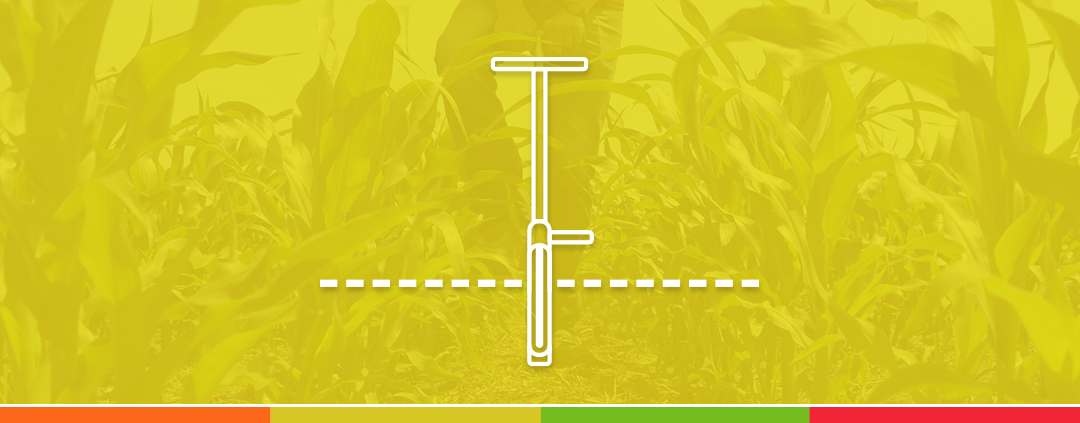How To Do a Pre-Sidedress Nitrate Test
The Pre-Sidedress Soil Nitrate Test (PSNT) is a valuable tool you can use to optimize nitrogen fertilizer use in grain corn and corn silage production. Here is why collecting a PSNT is an important part of a nitrogen management plan:
- Nitrogen Optimization: The PSNT measures the amount of nitrate-nitrogen available in the soil when the corn is between 6-12 inches tall. This timing, combined with the crop’s rapid growth rate, allows time to adjust before the nitrogen gets to critically low levels.
- Cost Savings: If the PSNT indicates sufficient nitrogen levels, growers can skip additional applications, saving time and money. Conversely, if you can identify nitrogen deficiencies early enough, there is still enough time to address them to avoid serious yield loss.
- Previous Crops and Practices: Cover crops (both as a potential source and tie-up as they break down), manure, and previous legume crops are examples of why it is important to understand how these have impacted the overall nitrogen levels in your soil.
A PSNT is low-cost, especially compared to the expense of nitrogen and the potential yield loss from insufficient nitrogen. It is easy to collect, following the steps below.
- What to Bring: Head to the field with a soil probe, clean bucket, soil sampling bags, and marker.
- When to Go: About one week before side dressing. Ideally, it would be at least 3 days after any heavy rains, and without heavy rains in the forecast that could cause further nitrogen losses.
- What to Collect: Use your probe to collect 12-inch cores. Pull a core in the row, then every 3 inches as you move across to the next row. Repeat until you have 15-20 total cores in your sample. Collect at least one sample per field. It is recommended to pull the sample at 12 inches. You can even go as deep as 24 inches to determine how your nitrogen is moving through the soil profile.
- After Collecting: Label your soil sample bag with the required information on the bag. Mix the cores thoroughly and place them in the sample bag. After collecting, do not leave the samples in your vehicle. Keep them cool, or even better yet, freeze them, as hot temperatures can affect the readings. Fill out the lab submission sheet and send the samples to the lab ASAP.
Most labs will get your results back to you within 24 hours after they have received it. Many will offer recommendations based on the results if you provide a crop and yield goal on the soil test submission sheet. The general rule of thumb is that if the PSNT results are 25 or higher, there is a low probability of economic return from additional nitrogen. If the results are below 20, there is a good chance you will get a positive return on your investment by applying additional nitrogen. You can also contact your local extension office, as many have nitrogen return calculators specific to your state.
The Pre-Sidedress Soil Nitrate Test is one tool for understanding the fertility of your fields. If you combine that with management zones from VRAFY and regular soil testing, you have a powerful nutrient management tool to understand the complete fertilizer picture of your operation.



